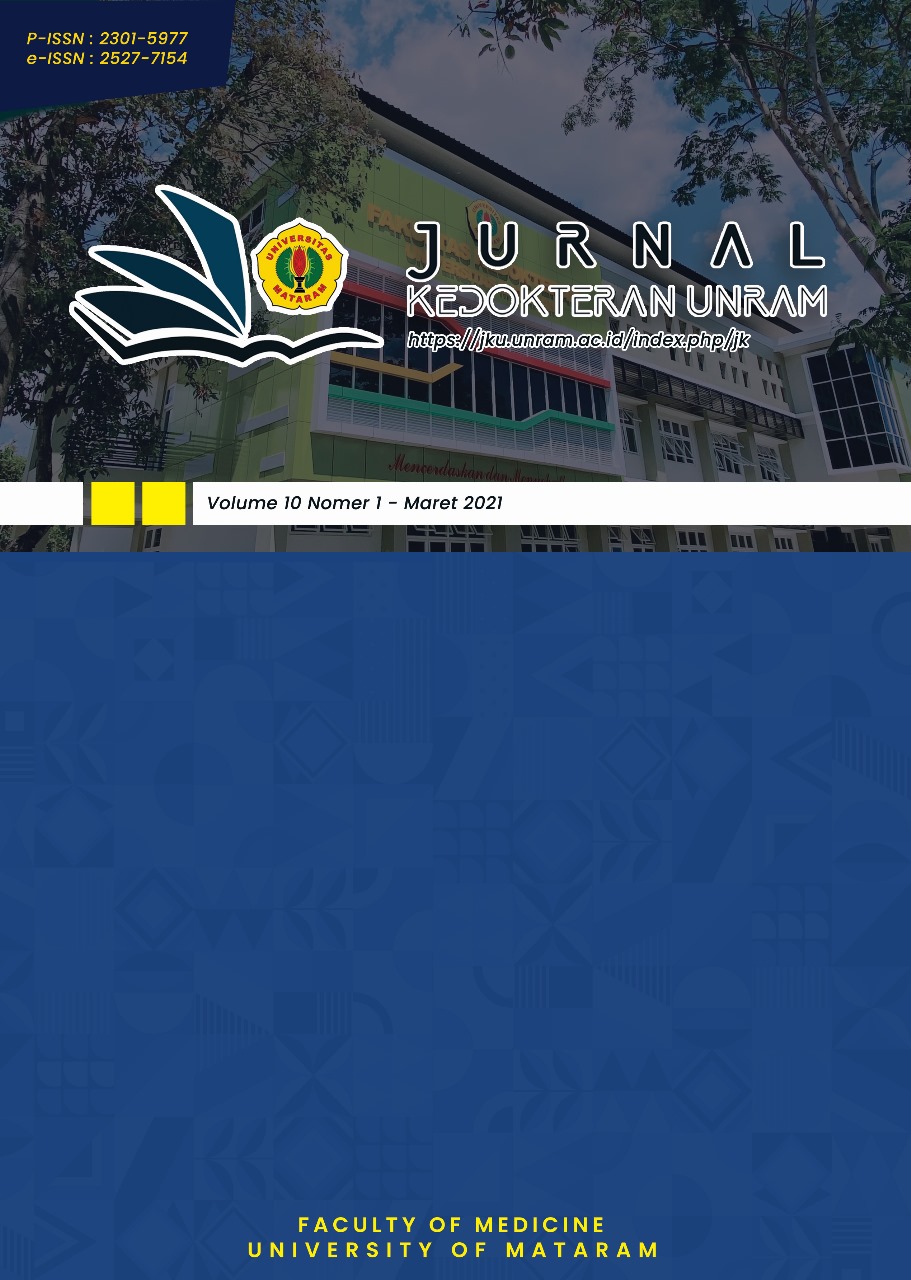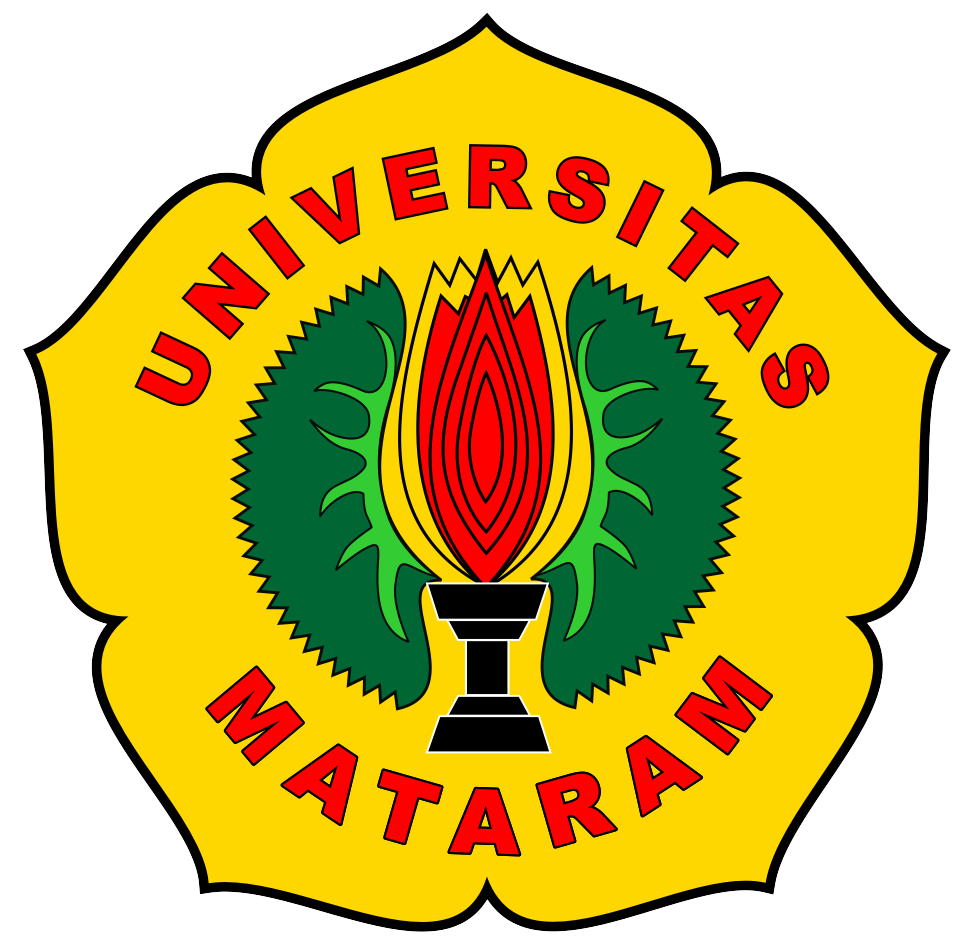The Correlation of Hyperglycemia, Leukocytosis, Hypernatremia, and Anemia with Mortality Rate and Length of Stay on Traumatic Brain Injury Patients in RSUD Provinsi Nusa Tenggara Barat
DOI:
https://doi.org/10.29303/jk.v13i4.5788Keywords:
traumatic brain injury, hyperglycemia, leucocytosis, hypernatremia, anemia, mortality rate, length of stayAbstract
Traumatic Brain Injury (TBI) is a brain dysfunction caused by external force impacting the head that can lead to permanent or temporary cognitive, physical, and psychosocial dysfunction, with loss of consciousness. Hyperglicemia, leukocytosis, hypernatremia, and anemia can be caused by secondary damage, such as mitochondria dysfunction, free radicals, excitotoxicity, ion imbalance, excess NO, lipid peroxidase, energy failure, inflammation, axonal dysfunction, apoptotic cell death and necrosis, and ischemia, which contributes to mortalities and length of stay in hospital. This research using a retrospective study collecting medical records from surgery department that had met the inclusion criteria in RSUD Provinsi Nusa Tenggara Barat from 2018 to 2019. This study used the consecutive sampling method. There were 92 samples met the inclusion criteria. There was a statistically significant correlation between hyperglycemia and mortality rate (p=0.023), and also clinically significant due to the difference in proportions above 20% (Proportion difference = 25,8%). Researcher found a significant correlation between hyperglycemia and length of stay (p=0.032). Otherwise, there was no correlation between leukocytosis (p=1.000), hypernatremia (p=0.125), anemia (p=1.000) with mortality rate. There also no correlation between leukocytosis (p=0.763), hypernatremia (p=0.208), and anemia (p=0.41) with length of stay.
Downloads
Published
Issue
Section
License
Authors who publish with Unram Medical Journal, agree to the following terms:
- Authors retain copyright and grant the journal right of first publication with the work simultaneously licensed under a Creative Commons Attribution 4.0 International License (CC-BY License). This license allows authors to use all articles, data sets, graphics, and appendices in data mining applications, search engines, websites, blogs, and other platforms by providing an appropriate reference. The journal allows the author(s) to hold the copyright without restrictions and will retain publishing rights without restrictions.
- Authors are able to enter into separate, additional contractual arrangements for the non-exclusive distribution of the journal's published version of the work (e.g., post it to an institutional repository or publish it in a book), with an acknowledgment of its initial publication in University of Mataram's Journal of Medicine.
- Authors are permitted and encouraged to post their work online (e.g., in institutional repositories or on their website) prior to and during the submission process, as it can lead to productive exchanges, as well as earlier and greater citation of published work (See The Effect of Open Access).
- This journal is open access journal which means that all content is freely available without charge to users or / institution. Users are allowed to read, download, copy, distribute, print, search, or link to full text articles in this journal without asking prior permission from the publisher or author.







